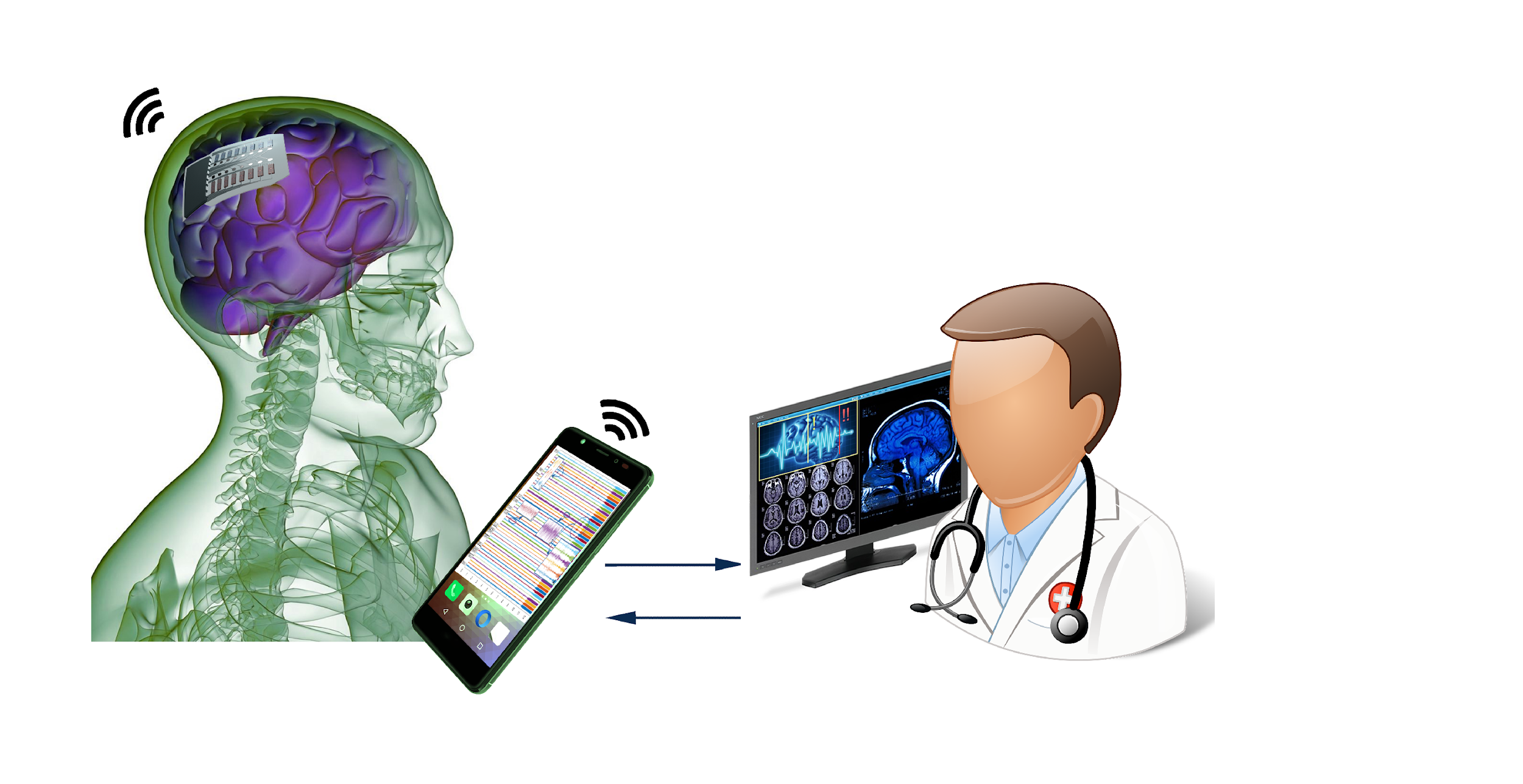
Clinical application of an epileptic seizure warning system
Medical Need |
Epilepsy is one of the most common severe neurological diseases, affecting about 1% of the world population – the estimated numbers worldwide are about 50 millions, and for Germany about 500.000. About 30% of the patients do not become seizure-free despite any treatment. These patients suffer greatly from the uncertainty and unpredictability of their seizures that expose them to falls and fractures, and social stigma when such an event occurs in public. Even if seizures cannot be prevented, a reliable forecast would help to overcome much of the helplessness, and, therefore, significantly improve the quality of life of these patients and their families.
Aim of the current research is the design and implementation of implantable closed-loop devices that continuously monitor the brain activity by electroencephalography (EEG) and analyze the recorded data in real-time, in order to identify an upcoming seizure.
Seizure prediction, close-loop smart implant, electroencephalography (EEG)
Abstract |
The goal of the groups is to improve the diagnostics and treatment of epilepsy and to contribute to the development of a mobile advisory system that constantly monitors the patient’s brain activity and warns the subject of upcoming epileptic seizures. The interdisciplinary consortium has a long-standing experience in diagnosis and treatment of epilepsy and the modelling of brain dynamics in order to find precursors of seizures. The results strongly suggest that a prediction of upcoming seizures is possible.
Here we are aiming for a translation of our methodology into the clinical practice by conducting a prospective study, to assess and refine our algorithms in the context of presurgical diagnostics. This requires a real-time capable hardware implementation and includes a comprehensive statistical evaluation of our methodologies on synthetic datasets as well as real long-term data.
The work is considered as a proof-of-concept demonstrating the applicability of a seizure warning system.

